What Does the New National Drug Threat Assessment Tell Us?
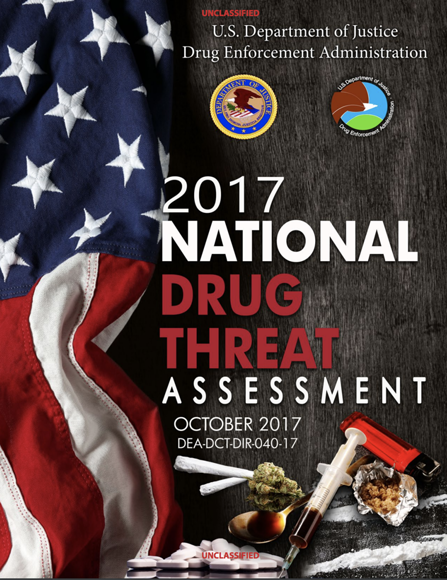
Every year, the Drug Enforcement Administration publishes a new assessment of the threat posed to American lives and safety from drug abuse. This year’s report has just come out and serves to alert law enforcement, community coalitions and families about the most immediate drug threats. It will come as no surprise that the biggest threat to our homes and families is controlled prescription drugs.
Here are some highlights from that comprehensive report.
Controlled Prescription Drugs (CPD): While it’s not news that this constitutes the greatest threat, you might not know that CPD have been the biggest source of overdose deaths all the way back to 2001.
Heroin: While far fewer people abuse heroin than prescription drugs, the number of deaths from heroin overdoses have been increasing dramatically the last several years. From just 3,041 heroin-related deaths in 2008, the number has increased more than four-fold to 12,990.
Cocaine: For several years, cocaine use dwindled, with cocaine overdose deaths hitting a low of 4,183 in 2010. Unfortunately, cocaine is making a comeback and cocaine-related deaths are increasing at the same time.
Controlled Prescription Drugs
Everyone knows that this category of drug includes all the popular painkiller formulations—codeine, morphine, oxycodone, hydrocodone, methadone and others. It may surprise some people that prescription stimulants such as Ritalin and Adderall have a well-established place in this category. Anti-anxiety drugs such as Valium and Xanax are also popular drugs of abuse and can addict a user in just weeks.
One of the questions the DEA asks local law enforcement agencies is which drug they consider to be the greatest threat. While the threat profile varies from region to region, one change is consistent throughout all nine regions: In 2017, CPDs are nowhere near the pervasive threat they were in 2014.
There are two reasons for that change. The first is the effectiveness of legislative changes and law enforcement action to close off the diversion of prescription drugs from legitimate channels to abusers. The second is the phenomenal danger posed by illicitly manufactured fentanyl that now looms larger than the danger posed by CPD.
Illicit Fentanyl
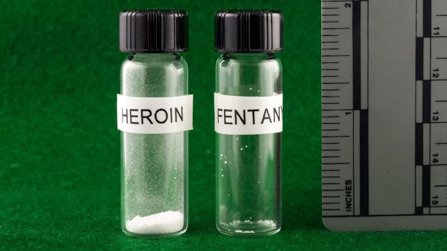
Fentanyl is powerful painkiller that, until just a few years ago, was manufactured by pharmaceutical companies and distributed through law-abiding medical practitioners. Then foreign chemical manufacturers realized the profits they could make by producing this drug and smuggling it into the United States. Fentanyl is so powerful that only two milligrams (about as much as a few grains of salt) can kill a person. It may be smuggled into the U.S. in multi-pound—or even larger—packages. In September 2017, New York and New Jersey authorities cooperated on a seizure of 195 pounds of fentanyl—enough to kill 32 million people. Fentanyl threat is greatest in the Northeast and Florida. Nationally, fentanyl-related deaths have climbed from the 1,600 to 3,000 range (2004–2013) to 9,580 in 2015. If this report had 2016 figures, they are probably even higher.
Prescription Stimulants
There are a handful of prescription stimulants on the market, most notably Ritalin (methylphenidate) and Adderall (dextroamphetamine plus amphetamine). According to the DEA’s report, 5.3 million people misused these and similar prescription stimulants in 2015, representing 2 percent of the population aged 12 or older. Just like the illicit stimulant methamphetamine, these drugs are addictive and can require a trip to rehab to break free from them.
Methamphetamine
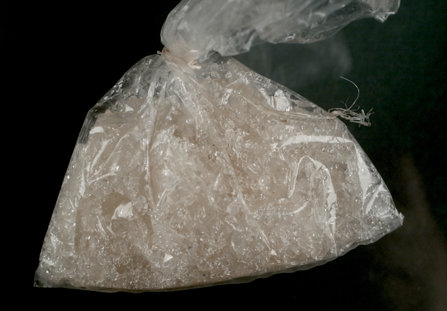
Methamphetamine popularity goes up and down—but never goes away. It’s a considerable threat in California, Appalachia, Texas, Minnesota and cities like St. Louis and Chicago. Availability is high across the western half of the United States and in the Southeast. The fact that prices stay low and purity stays high makes it appealing to many drug users. Both admissions to drug rehab for meth addiction and positive workplace drug tests have been increasing in the last few years.
What Lesson Can We Take?
The single most important lesson Americans can take from this report is that our children must be protected from these drugs, many of which are deadly. There is only one effective way to do that which is education. Since teens spend so much time away from their parents, they must be able to make their own decisions about drug use, not rely on orders they might have received to refrain from drug use. They must have an understanding of the addictiveness of these substances and how for most of them, a single use could turn deadly, depending on the dose and their physical condition. Use of any of these drugs can and has led a user down a path to the use of other drugs. Any drug, even alcohol, tobacco, marijuana or pills, can, for certain individuals, open that door to daily use and then addiction.
Sobriety is safety. That might not be a popular concept with the young people your child knows but please instill this lesson in your children’s hearts for their own safety.
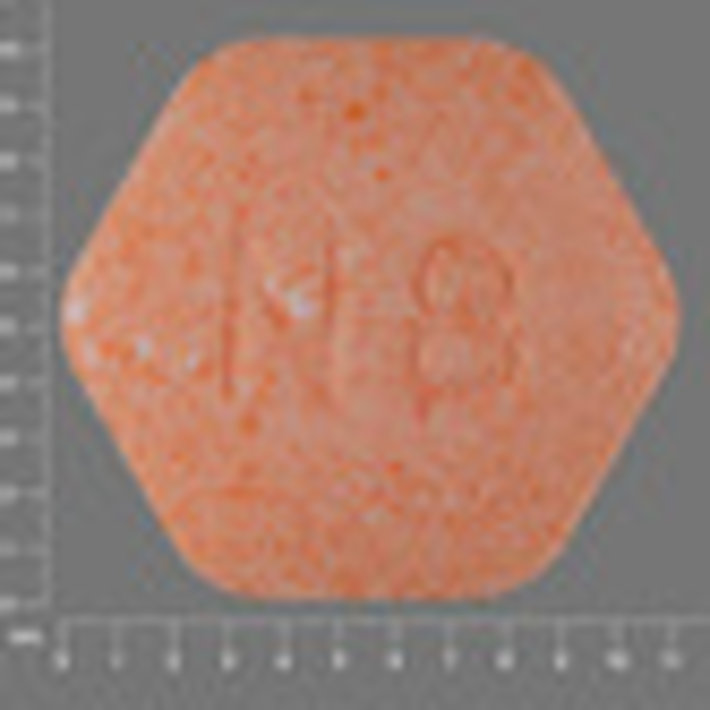
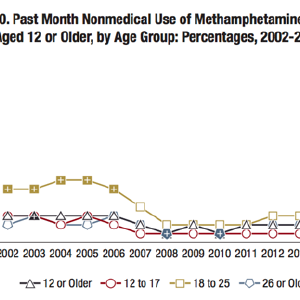
 ®
®